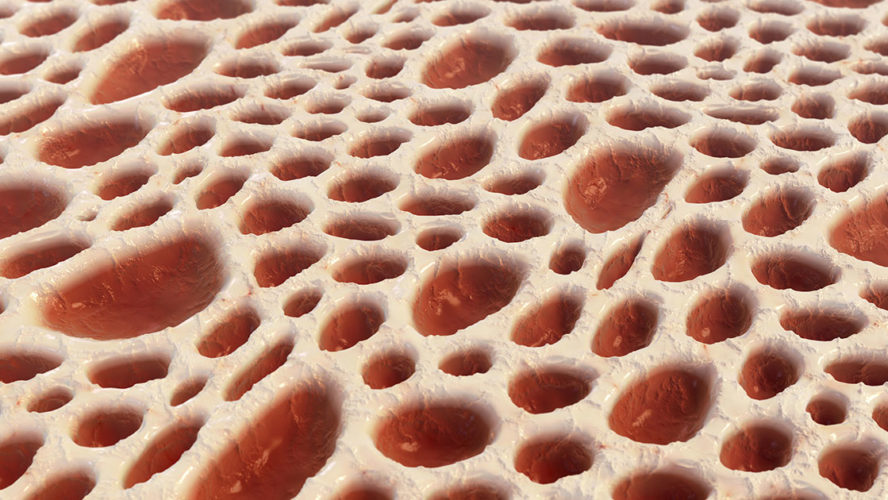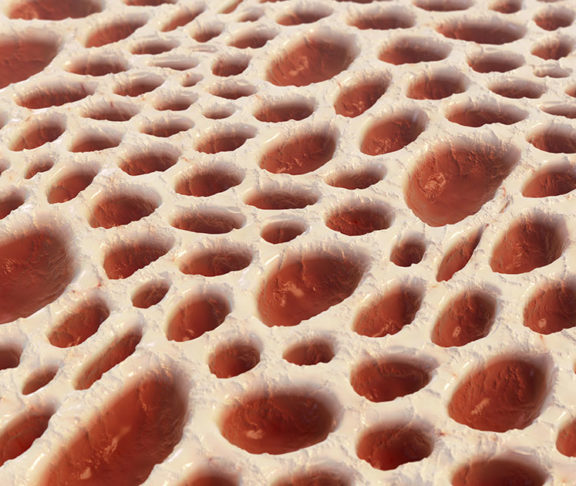Myelodysplastic syndromes (MDS) are often referred to as bone marrow failure disorders.
The unrecognized and underdiagnosed condition occurs when bone marrow doesn’t produce enough healthy blood cells. MDS is also known as a form of blood cancer.
Healthy bone marrow produces immature blood cells that develop into mature red blood cells, white blood cells, and platelets. But in people with MDS, the cells may not mature and they may accumulate in the bone marrow. The end result is that the patient has fewer than normal mature blood cells.
The condition, which primarily affects people over age 65, can affect younger people, too.
MDS is not necessarily fatal because it’s a gradual process. But some patients die as a result of the effects of the disease, including reduced blood cells and the body’s loss of the ability to fight infections and control bleeding.
About 30% of people diagnosed with MDS will progress to AML, acute myeloid leukemia, a fast-growing cancer where too many immature white blood cells are found in the blood and bone marrow.
MDS is not inherited and it’s not contagious. Still, the causes are unknown.
While some people are thought to be born with a tendency to develop the condition, known as primary MDS, others develop it after radiation and chemotherapy treatments for cancer. This is known as secondary MDS.
Symptoms and diagnosis
An estimated 60,000-170,000 Americans live with MDS. Each year, 12,000-20,000 new cases are reported in the United States. Worldwide, an estimated 87,000 new cases are diagnosed annually.
Diagnosing someone with MDS can be challenging. Many patients with the condition don’t experience any symptoms. MDS may reveal itself through routine bloodwork, such as a reduced red cell count or a low hematocrit.
People with MDS often have low blood cell counts and often experience anemia, infection, spontaneous bleeding, or easy bruising.
Treatment
There’s no cure for MDS. Three treatments are currently available to treat symptoms and slow the progression of the diseases. A stem cell transplant is considered the only potential cure.
The average survival rate for low-risk patients who don’t receive a transplant is six years. However, high-risk patients have a survival rate of only five months.
Advocacy
For over 25 years, the MDS Foundation, a global nonprofit advocacy organization, has been supporting patients with MDS and their families, as well as providers in the field.
The Foundation is working to advance research to better diagnose, manage, and cure MDS and related diseases. But it can be challenging to create awareness and fundraise for research.
“Part of what we do at the Foundation is to educate people on awareness of the disease, just the simple fact that MDS exists,” said Tracey Iraca, executive director of MDS Foundation, Inc. “It can be really frustrating for a patient when you’re diagnosed with a disease you’ve never heard of, that then you go out, and no one you know has heard of it either.”
“It’s difficult for the patient but it’s also difficult for advocacy organizations. It’s tough to fundraise for, it’s tough to support when you don’t have that general public knowledge of your disease,” Iraca said.
Iraca encourages patients who are anemic or feeling fatigued to examine their lab work, and if any blood counts are off, to ask their doctor to take a deeper look.
Doctors may dismiss symptoms as just being part of aging, but since the median age of people with MDS is 70, patients need to be aware of the condition and be their own advocates and seek out an advocacy organization for support.
“Find an organization that specializes in your disease to learn more and to get help walking through the process of your disease,” Iraca said.
Learn more about MDS at http://www.mds-foundation.org

